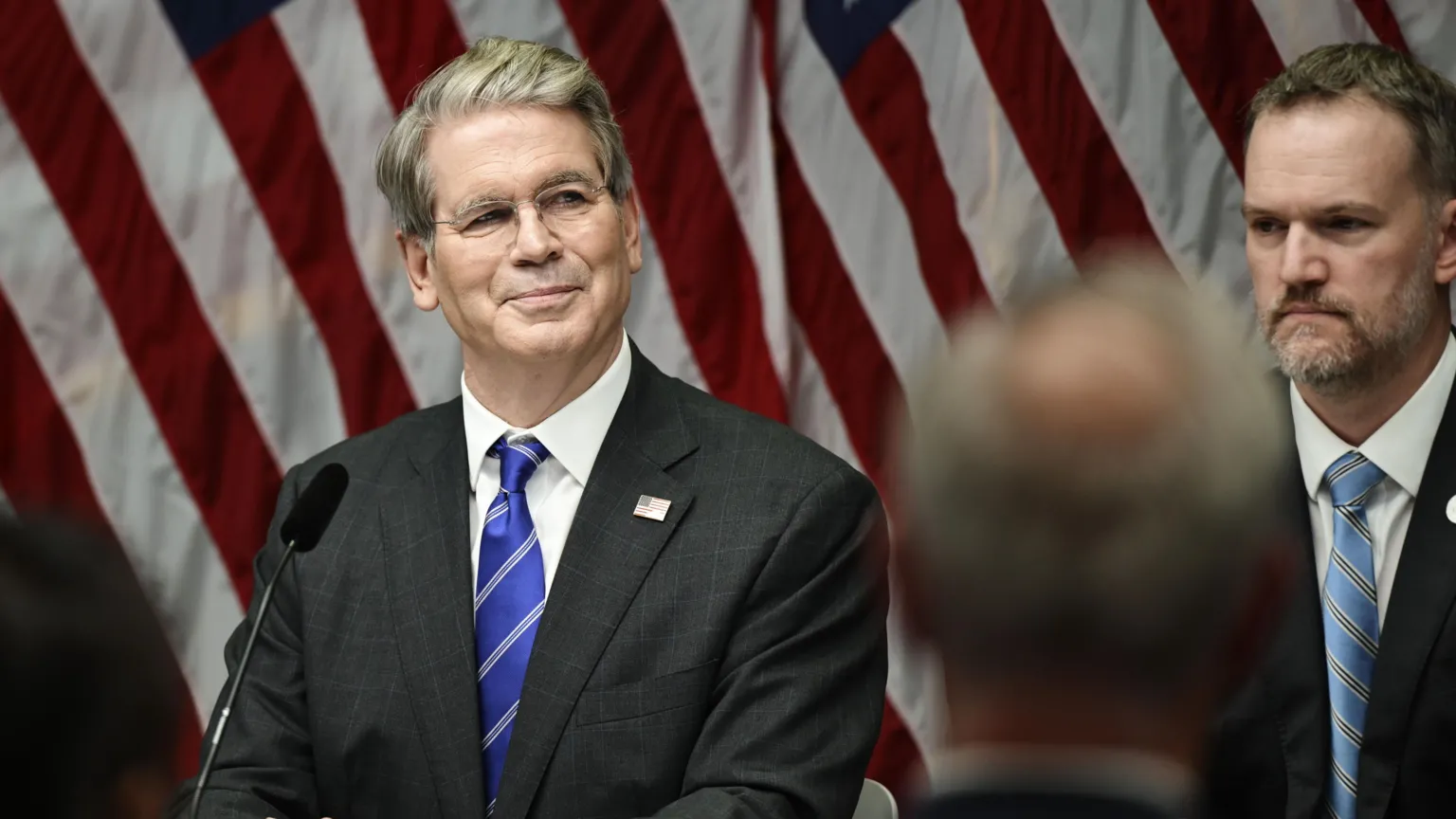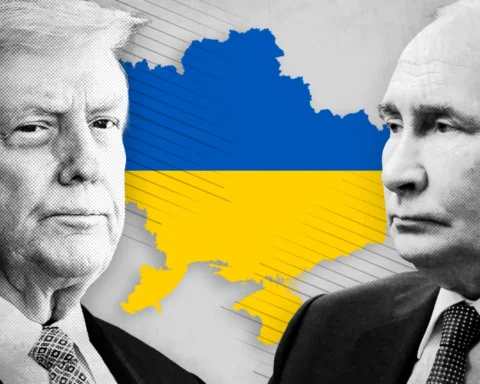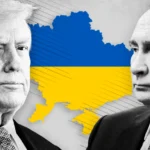Top U.S. and Chinese trade officials concluded two days of “constructive” negotiations in Stockholm aimed at preserving a 90-day tariff truce—but whether the deal moves forward hinges on one man: President Donald Trump.
U.S. Treasury Secretary Scott Bessent emphasized that no agreement would be finalized without Trump’s approval. “Nothing is agreed until we speak with President Trump,” Bessent told reporters. “The meetings were very constructive. We just haven’t given the sign-off.”
China’s trade envoy, Li Chenggang, echoed optimism, saying both sides had committed to working toward extending the current truce, which temporarily suspended escalating tariffs.
The temporary ceasefire, originally brokered in May, is set to expire 12 August, potentially triggering a resurgence of high tariffs on both sides. Without an extension, officials warn tariffs could “boomerang” back up—posing renewed risks to global trade and markets.
Truce Talks Come Amid High Stakes
Speaking aboard Air Force One after leaving Scotland, President Trump confirmed he had been briefed by Bessent. “They had a very good meeting with China. It seems that they’re going to brief me tomorrow,” he said.
Tensions between the U.S. and China flared earlier this year after Trump resumed imposing steep tariffs on Chinese imports. China retaliated, and tariff levels soared—with some reaching triple digits—before a May agreement brought temporary relief.
Under that deal:
- Chinese goods faced an extra 30% U.S. tariff
- U.S. goods saw a 10% increase in Chinese tariffs
Beyond Tariffs: Broader Issues at Play
During the Stockholm talks, negotiators tackled not just tariffs, but also broader concerns:
- China’s export of rare earth minerals vital to tech industries
- U.S. pressure for ByteDance to sell TikTok to an American company
- China’s relationships with Russia and Iran
Despite disagreements, Li said both countries “fully understand the importance of a stable and sound China-U.S. trade and economic relationship.”
Bessent also signaled confidence in U.S. leverage, citing recent trade deals with Japan and the EU. “We’re not seeking to decouple entirely,” he clarified. “We just need to de-risk certain strategic sectors—rare earths, semiconductors, medicines.”
U.S. Trade Representative Jamieson Greer added that efforts to reduce the trade deficit were already showing results, estimating a $50 billion decrease this year.
This was the third U.S.-China trade meeting since April.







